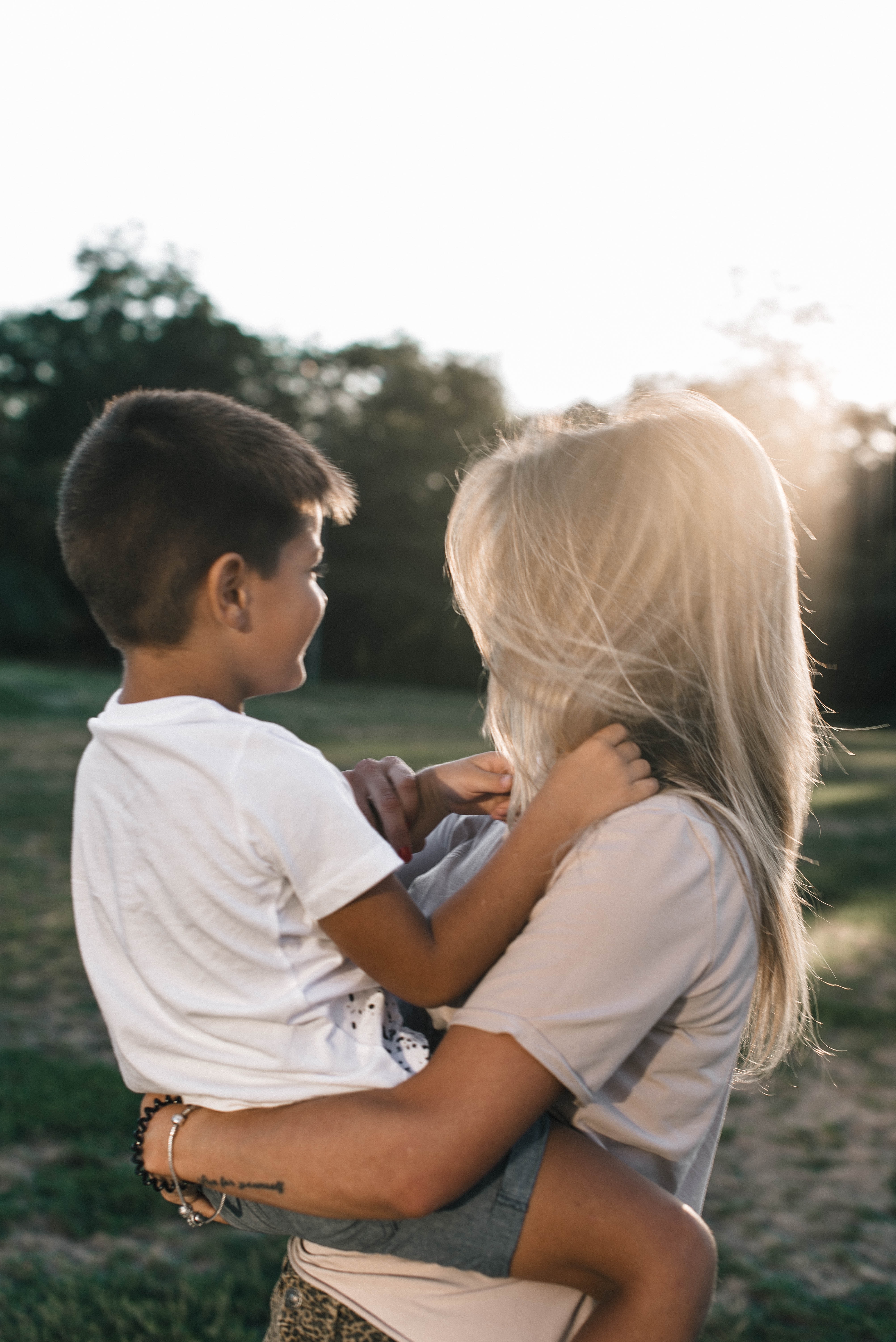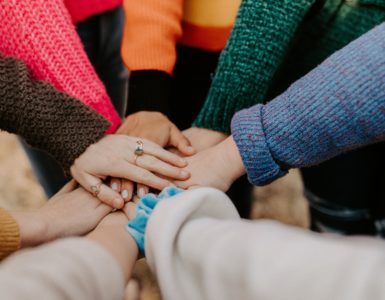If you are considering adoption for your child or are thinking about trying to adopt a child, knowing the importance of openness in adoption is a key factor. Being open in adoption does not necessarily mean that you have to have an open adoption or even a semi-open one. It begins with being open with yourself and open to learning about different perspectives within the adoption community. Families choose to adopt for varied reasons, such as wanting to expand their family, infertility or trouble conceiving, and more. Regardless of which category an adoptive parent may belong in, it is important to remember that this could have an effect on how you perceive adoption. Be mindful of any potential biases that may develop as a result of your personal experience.
However, having an open adoption can be a very positive thing for adoptees. As always, there are going to be circumstances where an open adoption isn’t possible or would not be in the child’s best interest. In these situations, it is more important than ever to try and be as open as possible with an adoptee about their birth family and the story of their adoption. Every adoptee deserves the right to know the truth, even if it isn’t a picture-perfect story.
However, if it is possible for an adoptee to have contact with their biological family as they grow, the opportunity needs to be taken advantage of; research has proven that open adoption can have positive psychological effects for an adoptee throughout their lifetime. Additionally, families need to recognize that adoption trauma is a real thing. Having an open adoption is one way to lessen the impact this trauma can have on an adoptee’s life.
Semi-open adoptions are also a way to provide openness in adoption but still retain some degree of privacy for those involved in the adoption process. Every family is different, so the reasons behind choosing semi-openness can vary. These types of adoptions usually have guidelines in place of how the families can contact each other and how as well as specifying what information can and cannot be shared. Pictures, updates on a child’s life, and family or medical history are common things that parents share with each other.
Closed adoptions, while becoming rarer in the decade, are still common in international settings or through some private agencies. For domestic adoptions, birth parents can request a closed adoption but enter their information into a registry where the adoptee can contact them once they turn 18 or are legally able to do so. The closed nature of these adoptions stems back to an era where protecting the privacy of a birth mother was considered necessary. Many women were forced to place their children for adoption if they were unwed, young, or even if did not have a good support system because of the stigmas placed on women during the early and mid-1900s.
The Baby Scoop Era was an especially dark chapter in the history of adoption, as this is when the practices of secrecy and coercion were at an all-time high. Unfortunately, the repercussions of this horrible time are still being felt today by adoptees who have spent decades trying to find their birth families or even the basic information about their adoption. There is a large push to unseal old, closed adoption records so that adoptees can have access to the information that they are being denied.
As more people in the community are educated on the benefits of having openness in adoption, closed adoptions look much different than they used to decades ago. From learning about these benefits, parents are much more aware of how adoption psychologically affects children as they grow up. The more involved adoptive parents are in taking an active role in creating a positive adoption experience for their child, the happier the family will be – speaking from my personal experience.
In 2006, Berge et al. conducted a study where they interviewed teenage adoptees about their experiences with openness in adoption. The main focus of the research was to investigate how the adolescents felt about the “the openness in their adoption arrangements with their birth mothers.” It is common knowledge that sometimes children and, yes, even teens may not be able to verbalize how secrecy in adoption affects them.
This study created a safe environment for them to be able to express their feelings about their adoption, even if it was in a research/laboratory setting. Results aside, this research alone can provide a good model for how parents can have conversations with their teens. Learning how to communicate is one of the largest parts of increasing the amount of openness in an adoption; it helps to bridge the gap that can come between parents and children when either party does not know how to approach a subject.
Another interesting point from their research was the myths about adoption they chose to address: that openness in adoption will “make the adopted child love their adoptive parents less” and that “birth mothers will try to reclaim the adopted children.” These can be unspoken fears for many adoptive parents, although they may not express them to their children – or anyone else for that matter. However, as the researchers found, these are unfounded fears. The teens in the study reported that having an open nature to their adoption and reuniting with their birth parents did not have any effect on their relationship with their adoptive parents; in a way, it strengthened it. The relationship they developed with their birth parents, if any at all, was viewed as a completely separate entity from their adoptive parents.
A theory that can hinder openness in adoption is the belief that once a child is adopted, they are a “blank slate” and there are no ties to the birth family or the child’s biological history, even down to their name. They are a blank canvas for the adoptive family to raise as their own. This theory is harmful for a number of reasons, but most plainly because it is simply not true. Everyone is born with characteristics and mannerisms built into their genetic code that have roots in their biological family. Just because a child is raised by another parent does not mean that their DNA disappears or shifts to match that of their adoptive family.
Many adoption agencies and the court system use the term “as if by blood” to signify the legal change of guardianship from the birth parent to the adoptive parent. In the eyes of the law, the adoptee is viewed no less than if they were a blood member of the adoptive family. Thankfully, this is something that most families in the adoption community take to heart. Part of being open in adoption is accepting an adoptee for who they are, acknowledging both their relation to their birth families and as a member of their adoptive family. So, while “as if by blood” is exactly how an adoptee should feel with their family, recognizing their entire identity (if they choose to identify with their birth family) is extremely important.
When I decided to seek out my birth family while I was in college, my parents, while supportive, were apprehensive about why I was choosing to do so. Similar to what Berge et al. found in their research, they thought that finding my birth parents and other family members would replace my relationship with them. It’s taken many years and a lot of tough conversations for them to finally understand the difference between my relationship with them (who I recognize as my only parents) and my birth parents. While I don’t have a relationship with my birth mother, I do talk to my birth father semi-regularly. There is no adequate comparison, in my opinion, that could ever be made between these two sets of relationships.
So, now you might be wondering, how can I create more openness in my adoption journey? Well, there are a ton of possible ways to do this. Going back to what openness in adoption really means, it starts with ensuring that you are open with yourself first. Addressing any sort of biases or misconceptions you have about adoption is a good place to begin. Are there stereotypes for people in the adoption triad that you recognize you have? Have you caught yourself not using positive adoption language? Have you read different adoption experiences and learned about all sides of the triad? Essentially, make sure you’re doing your research and thinking about how the things you’re learning can apply to your family.
In 2012, the Evan. B Donaldson Adoption Institute released a comprehensive report called “Openness in Adoption: From Secrecy and Stigma to Knowledge and Connections.” Amongst the wealth of information provided in this report, a few key points stood out. A majority of adoptive families have good experiences in an open adoption, as well as being more open-minded and empathetic towards birth parents. By understanding what a birth parent went through during the decision to place their child for adoption, they can have a more open mind when interacting with them and speaking to the adoptee about their birth family. The concept of keeping an open mind also helped to alleviate some of the fears that can come with having an open adoption, such as the ones seen in the previously mentioned research.
Placing a child for adoption can be one of the most difficult decisions a parent will ever have to make. Birth parents can experience varying levels of grief post-placement, which is undoubtedly unlike anything anyone else in the adoption triad will experience. Despite this, the 2012 Evan B. Donaldson Adoption Institute report found that birth parents who had an open adoption experienced “less intense” feelings of grief as compared to those who had placed their child in a closed adoption. There is sometimes a desire to still continue to be a part of their child’s life, to let them know who they are, and receive updates on how they are doing.
In some cases, visitation is incorporated into an open adoption. During the matching process for most domestic adoptions, a birth parent will search for a family that is looking for the same things they are in. This is helpful because when the adoptive and birth families work with the adoption agency to define the terms of the adoption, everyone will relatively be on the same page.
As mentioned earlier, both of these things provide an adoptee with access to develop a priceless relationship with their birth parent. It also gives them access to information that might otherwise not be available, such as family medical history. Although this may not become important until the adoptee becomes an adult and decides to have a family of their own or if they encounter a medical problem during their childhood, it is always important to stay abreast of one’s own history.
Because of my experiences as an adoptee growing up, I cannot express enough how important it is for adoptive parents to listen to their child about how being adopted is affecting them. Although there are many ways that openness in adoption can happen, starting to have conversations about adoption at an early age with your child is perhaps the best way to do it. Parents need to be prepared to talk with their child about their story, family background, culture, or anything regarding adoption.
Overall, having openness in adoption is quickly becoming a common practice within the adoption community, much to the benefit of adoptees. Since society has come a long way from the periods of secrecy in predominantly closed adoptions like the Baby Scoop Era, incorporating openness in adoption is the next step. If done the right way, it can have extremely positive outcomes for everyone involved. After all, the more access people have to the truth, the better.




